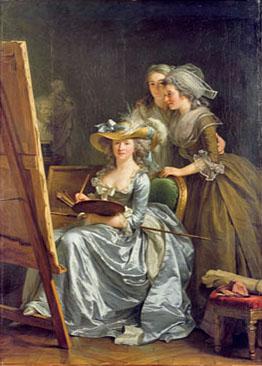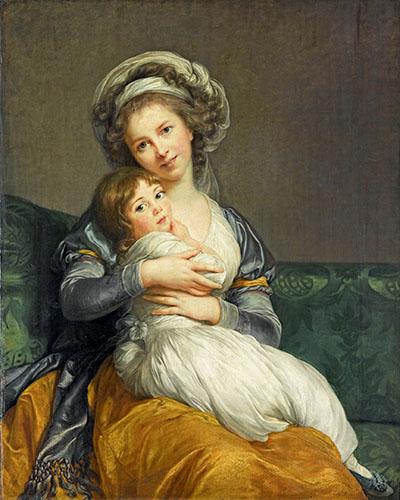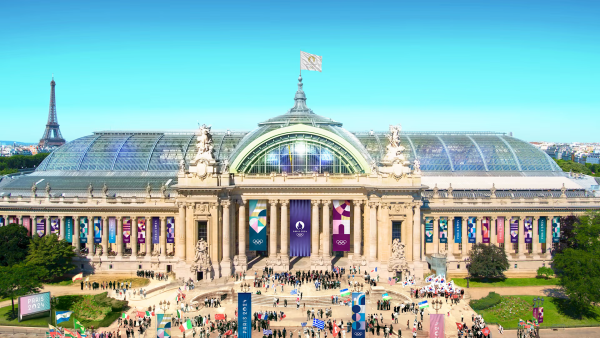Votre panier est vide
Besoin d'inspiration ?
Rendez-vous dans le programme en ligne du GrandPalais
Article -

Elisabeth Louise Vigée Le Brun and Adélaïde Labille-Guiard were both portraitists and were both received into the Royal Academy of painting and sculpture in 1783.

When they exhibited their works at the Exhibitions, critics and the public compared them and this stimulated competition.
Over the years, the two rivals moved towards perfection. Vigée Le Brun was praised for her beautiful technique and chromatic innovations and the lively nature of her compositions (poses, costumes, accessories, décors). Some commentators remarked that Labille-Guiard’s paintings were less flattering, her style more vigorous and realistic, her likenesses well accomplished, her compositions more wisely laid-out and her colours more natural and harmonious.
In 1789, the artists went their separate ways. One emigrated and spread her idea of portraiture in Europe and Russia.
The other stayed in Paris and used her talent to serve the elites of the Revolution. Moreover, in the years leading up to the Revolution, both artists trained many other students in the art of painting and drawing. They helped promote painting among women and allowed other young women to make a career out of it.
Votre panier est vide
Besoin d'inspiration ?
Rendez-vous dans le programme en ligne du GrandPalais
See content : Russia : a new homeland for Élisabeth Louise Vigée Le Brun

Article -
Vigée Le Brun arrived in St. Petersburg on 23 July 1795, and was officially presented to Catherine II the following day.
See content : Élisabeth Louise Vigée Le Brun painter of children and maternal love

Article -
The art of Vigée Le Brun reflected the evolution in French society...
See content : From Paris 1900 to Paris 2024: the Grand Palais and its Nave, an architectural jewel restored right on time to meet sportsmen and women!

Article -
A regular venue for artistic and cultural events for over a century, the Grand Palais is reopening its majestic restored Nave for the Paris 2024 Olympic and Paralympic Games to become the place for fencing and taekwondo events! And don't forget: this is...